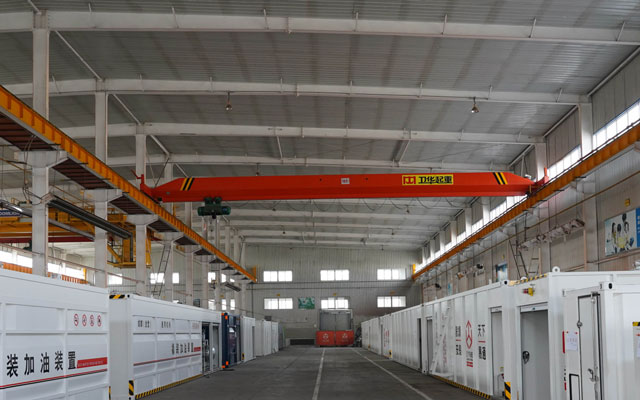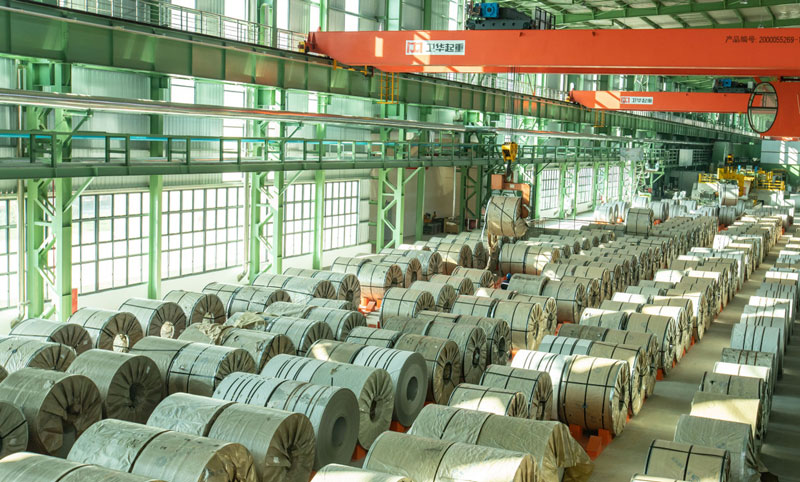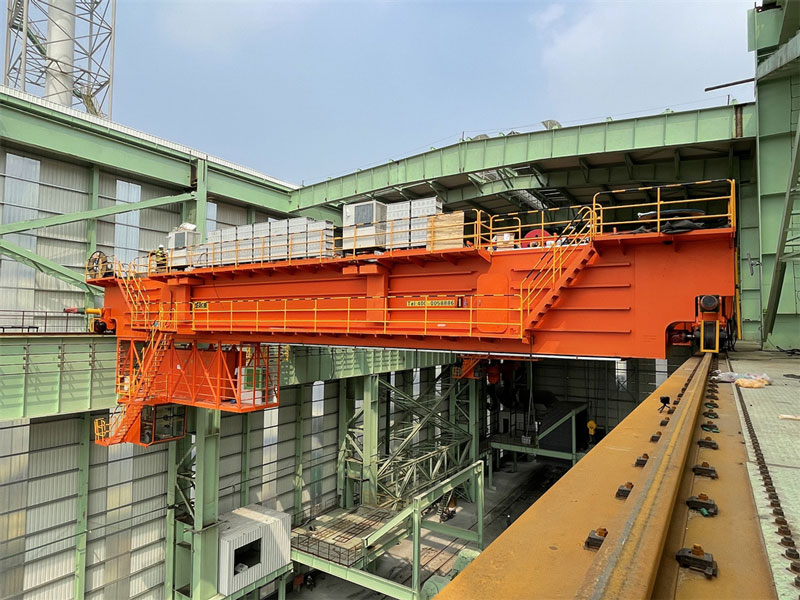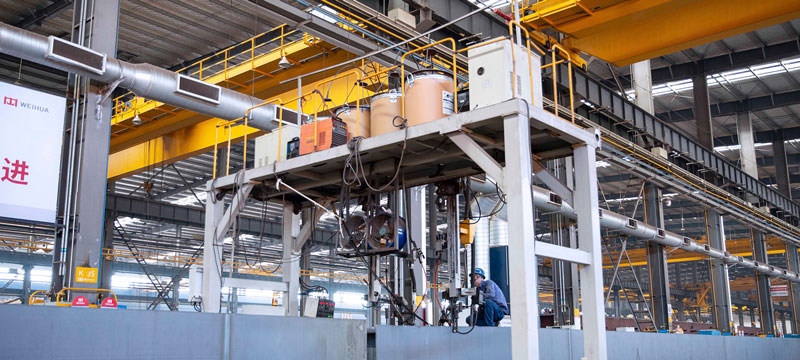
他們是車間的巨人, 山的沉默搬家: 橋樑. These powerful machines revolutionize material handling, but their strength demands unwavering respect. Cutting corners on bridge crane safety isn’t an option – it’s an invitation to disaster. Let’s lock in the essential practices that keep operators, bystanders, and your facility safe.

1. Training: Your Safety Foundation Starts Here
Never Operate Untrained: Only certified, thoroughly trained personnel should touch the controls. Period.
Beyond Basics: Training must cover load charts, capacity limits, rigging fundamentals, inspection protocols, hazard recognition, clear communication (signals/radio), and emergency shutdowns.
Stay Sharp: Regular refresher courses combat complacency and reinforce critical skills.
2. Pre-Shift Inspection: Your Lifeline Check
Never skip this! A meticulous daily check before operation is non-negotiable for bridge crane safety:
Hoist & Hook: Inspect wire rope/chain for wear/kinks/breaks. Check crane hook for cracks, twists, latch function.
手推車 & 橋: Examine wheels, 末端卡車, rails (clear? damaged?), bumpers.
控件: Test ALL functions (up/down/travel), pendants, and crucially – the EMERGENCY STOP.
Limit Switches: Verify upper/lower hoist limits and bridge/trolley travel limits work.
Structure: Scan girders, supports, connections for cracks, damage, or excessive wear.
Path Check: Clear the entire travel path – above and below – of people and obstacles.
3. The Lift: Precision & Power
Respect the Load Chart: KNOW the crane’s rated capacity for this specific lift. NEVER EXCEED IT.
Rigging is Critical: Use only certified, damage-free slings/shackles rated for the load. Secure the load properly, center the hook over its CoG, protect slings from edges.
Lift Smart: Lift vertically first to take slack. Avoid jerky movements or side-pulling. Lift high enough to clear obstacles, but minimize excessive swing.
The Golden Rule: KEEP PEOPLE CLEAR. Strictly enforce a “NO ZONE” under suspended loads. NEVER ride the hook or load.

4. Travel & Movement: Control is Key
Path Confirmed: Double-check runway rails are clear before moving bridge/trolley.
Smooth Operator: Accelerate and decelerate gradually. Match speed to load stability and environment.
Eyes on Load: Constantly monitor load stability during travel. Be ready to stop if swing becomes dangerous.
Sound the Alarm: Use the horn/bell before moving and when approaching people. Maintain clear communication with spotters.
5. Landing & Shutdown: Finish Safe
Land Designated: Place loads only on stable, prepared surfaces.
Lower with Care: Control the descent smoothly.
Secure Before Release: Ensure the load is stable, blocked, or supported before detaching rigging.
Park Smart: Position crane (橋樑起重機, trolley, hoist) in a safe, non-obstructive location with the hook raised.
6. Environmental Vigilance: See the Big Picture
Wind Watch: Outdoor gantries? Heed wind speed limits. High winds destabilize loads.
Visibility Matters: Ensure adequate lighting and sightlines. Use spotters if vision is obscured.
Know Your Surroundings: Be acutely aware of power lines, other cranes, equipment, and structures. Maintain safe distances.
7. 維護: Don’t Wait for Failure
Stick to Schedule: Follow manufacturer maintenance protocols rigorously (lubrication, inspections, parts replacement).
Log Everything: Document all inspections, maintenance, and repairs meticulously.
Report & Remove: ANY malfunction, strange noise, or damage? REPORT IT IMMEDIATELY. Tag-Out/Lock-Out and remove the crane from service until repaired by qualified personnel.
8. When Seconds Count: Emergency Readiness
Know the Drill: All personnel must understand emergency procedures.
E-Stop Muscle Memory: Operators must react instantly and correctly with the emergency stop.
Clear Escape Routes: Ensure paths are known and unobstructed.
Report Near Misses: Every close call is a learning opportunity to prevent the real thing.

Safety isn’t just the operator’s burden. It’s a culture:
Mastering 橋式起重機安全 means harnessing immense power responsibly. It’s about going home safely, every single day. Make these practices second nature – because when it comes to overhead lifting, there’s no room for error.
在這裡發表評論